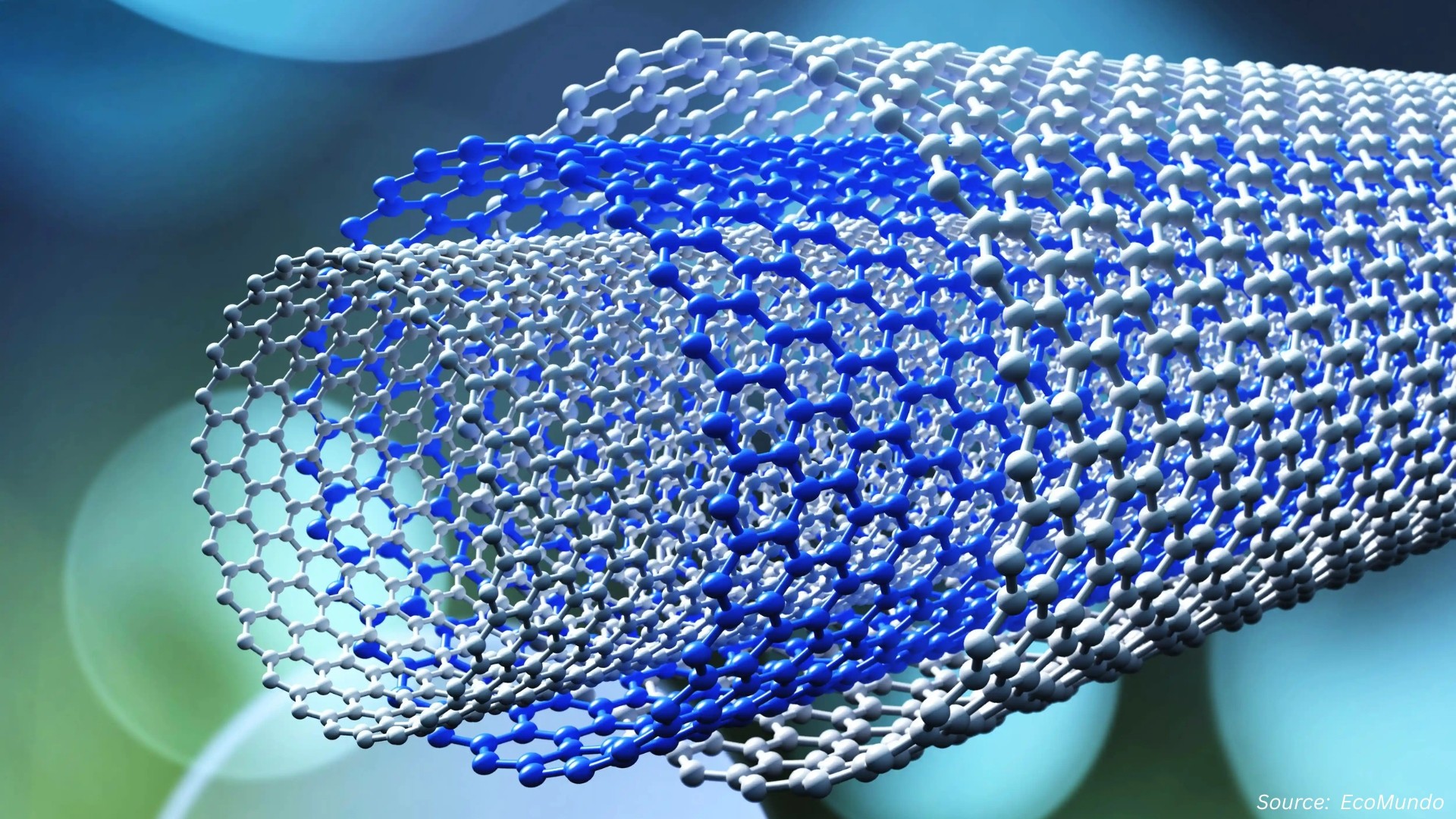Graphene Market: What Is Driving Interest in Graphene Right Now?
Published: 2025-09-24

Graphene is moving from laboratory curiosity toward real-world products — but what exactly is happening in 2024–2025 that investors, R&D teams, and product leads should note? This article synthesizes recent, credible reporting and conference highlights to answer that question clearly and actionably.
What did Graphene2025 reveal about commercialization and applications?
During June 25–28, 2025 the Graphene2025 conference was held in San Sebastián and featured world-class speakers (including Nobel laureate Kostya Novoselov), an industrial forum, and 22 exhibitors focused on commercialization and tech transfer. The program highlighted topics from wafer-scale production and biosensing to flexible electronics and photonics.
Summary
Graphene2025 made clear that industry and academia are converging: talks and the industrial forum focused on scaling production, reproducibility and near-term device applications.
Key takeaways
-
Conference emphasis: growth, synthesis, integration, flexible electronics, sensors, high-frequency devices, photonics, biosensing.
-
Industrial activity: 22 exhibitors and a dedicated industrial forum centered on commercialization and tech transfer.
How is scalable graphene manufacturing progressing in 2024–2025?
Graphenea described talks at Graphene2025 that stressed wafer-scale graphene production (200 mm wafer scale), scalability, uniformity, and reproducibility — all signals that manufacturers are targeting semiconductor-compatible processes. Graphenea also highlighted product releases and a multi-project wafer run for biosensing.
Summary
Manufacturing is shifting from small-batch research samples to wafer-scale, reproducible processes suitable for device integration — a necessary precondition for marketable graphene components.
Key takeaways
-
Wafer-scale production (200 mm) is being discussed publicly as a technical goal and reality for some groups.
-
Multi-project wafer runs and second-generation devices (e.g., mGFET biosensors) indicate movement toward productization.
What does recent research news say about the broader R&D trajectory?
ScienceDaily’s graphene news feed documented numerous 2025 research advances (quantum transport, sensors, and device breakthroughs) that demonstrate active scientific progress across optics, sensing, and quantum devices. That steady stream of research updates shows an active R&D ecosystem which underpins commercialization efforts.
Key takeaways
-
Multiple 2025 research headlines indicate progress in device-relevant areas (quantum currents, biosensors, photonics).
-
Academic advances are still an essential feed into startup and industry pipelines.
How is the supply-chain and commercialization conversation evolving in industry news?
The Graphene Council’s newsfeed (2024–2025 posts) reports industry developments and commercialization news — for example, device demos (micro-LEDs using graphene-enabled approaches) and company updates that reflect commercialization pathways and partnerships. This industry reporting complements conference and research updates by focusing on market moves.
Quick reference table: Application areas and 2024–2025 status
|
Application area |
2024–2025 status (short) |
|
Biosensing / diagnostics |
Device launches (mGFET 2nd gen); multi-project wafer runs open for submissions. |
|
Wafer-scale production |
200 mm wafer scale and emphasis on uniformity/reproducibility discussed at Graphene2025. |
|
Photonics / high-frequency devices |
Active research & conference sessions; device milestones reported. |
|
Micro-LEDs / displays |
Industry demos and technical updates noted in Graphene Council reporting. |
Next Steps — 4 Actionable Takeaways
-
Run a feasibility pilot: Secure a multi-project wafer slot or partner with a foundry to test device-grade graphene integration (manufacturing readiness is now being offered in 2025).
-
Validate sensing claims: For biosensing use cases, require independent validation of attomolar-level sensitivity claims before design lock.
-
Monitor industry pilots: Track Graphene Council industry posts for commercial demos (e.g., micro-LED progress) that could indicate supply-chain readiness.
-
Budget for integration: Plan for foundry costs and reproducibility testing (wafer-scale work and multi-project runs entail capital and timeline needs).
About the Author
 Joydeep Dey is a seasoned SEO Executive, Content Writer, and AI expert with over 2½ years of experience in digital marketing and artificial intelligence. He specializes in SEO strategy, impactful content creation, and developing data-driven, AI-powered solutions that enhance online visibility and engagement. With a strong foundation in natural language processing and emerging AI technologies, Joydeep is known for simplifying complex concepts into clear, actionable insights.
Joydeep Dey is a seasoned SEO Executive, Content Writer, and AI expert with over 2½ years of experience in digital marketing and artificial intelligence. He specializes in SEO strategy, impactful content creation, and developing data-driven, AI-powered solutions that enhance online visibility and engagement. With a strong foundation in natural language processing and emerging AI technologies, Joydeep is known for simplifying complex concepts into clear, actionable insights.
About the Reviewer
 Debashree Dey is a skilled Content Writer, PR Specialist, and Assistant Manager with expertise in digital marketing. She creates impactful, data-driven campaigns and audience-focused content to boost brand visibility. Passionate about creativity, she also draws inspiration from design and innovative projects.
Debashree Dey is a skilled Content Writer, PR Specialist, and Assistant Manager with expertise in digital marketing. She creates impactful, data-driven campaigns and audience-focused content to boost brand visibility. Passionate about creativity, she also draws inspiration from design and innovative projects.
















Add Comment